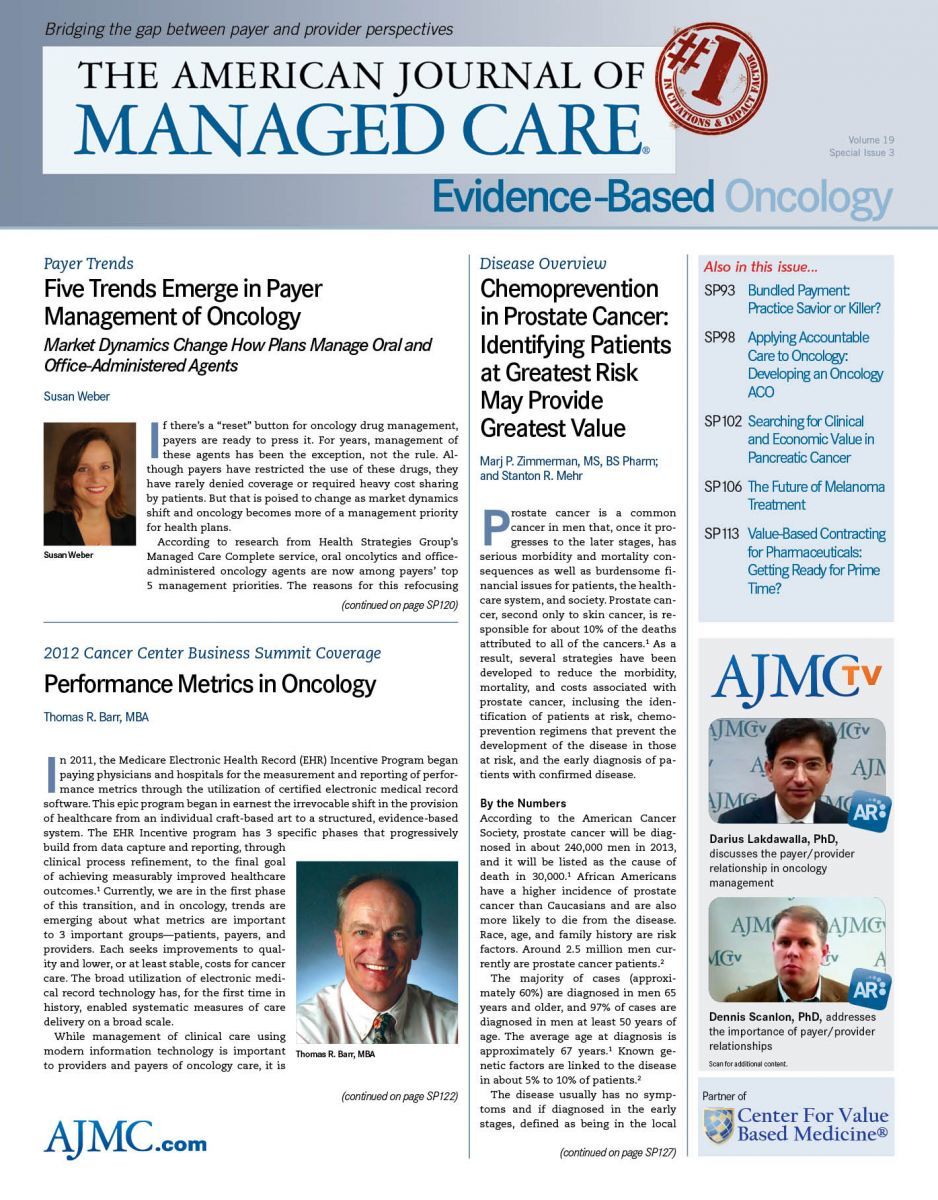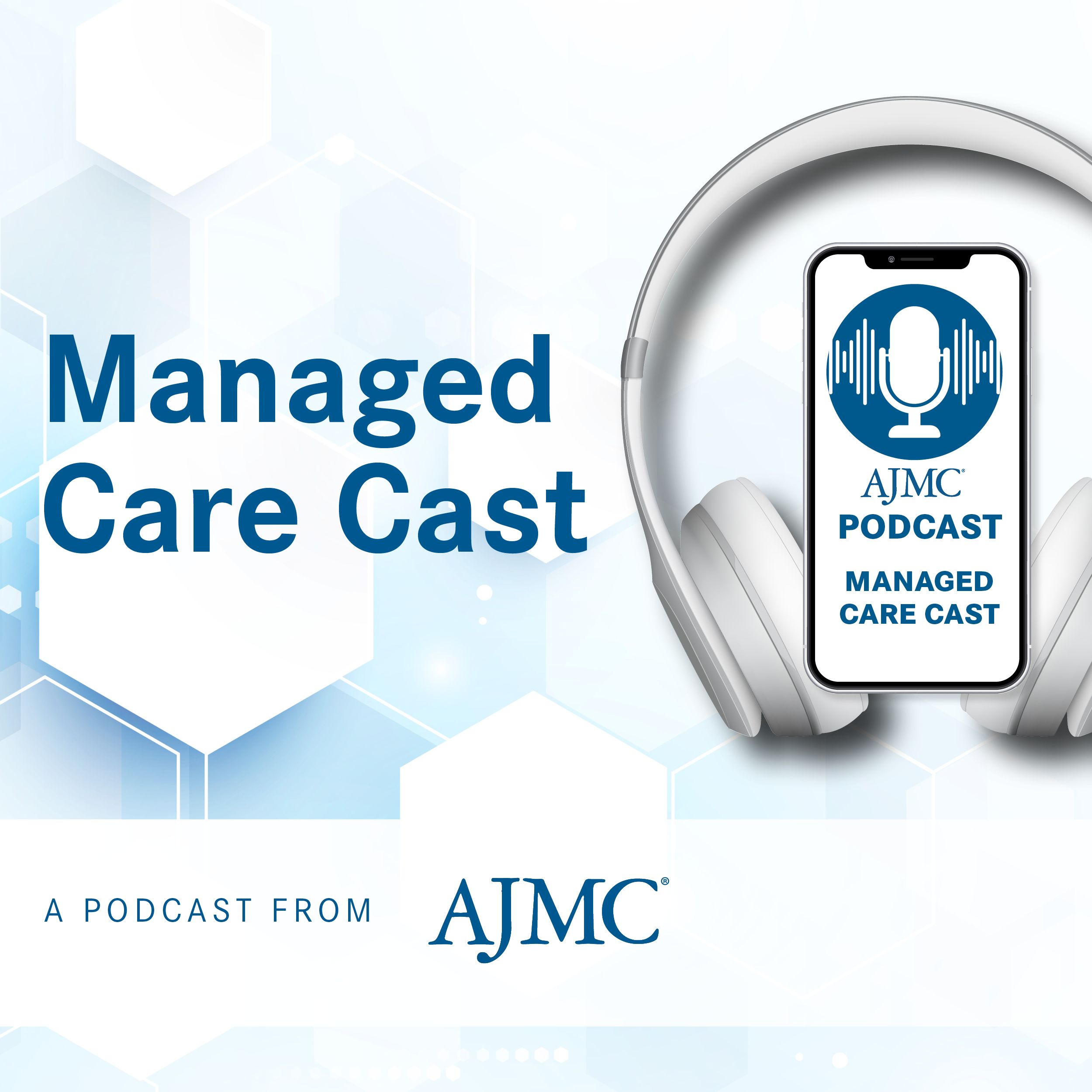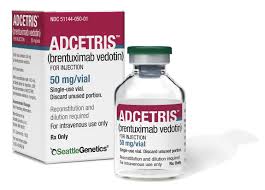Publication
Article
Evidence-Based Oncology
Measuring Quality Cancer Care
Author(s):
Two of my favorite activities are running and salt-water fishing. Both are very precise and numbers-oriented activities. Running is about time, pace, distance, calorie burn rates, and heart rate zones, among other factors. When talking with runners it does not take long for the conversation to come around to the essential questions: “What is your PR (personal record) for a half (or full) marathon?” or “What is your average weekly miles?” Both of these questions reflect standard benchmarks of the level of accomplishment in the sport.
Fishing, or as we say in the South, “fishin’,” has its own set of standards. Before we graduate to the point of hoping the fish do not bother us, we are watchful of length, weight, creel limit, and also making sure the catch falls within season. Measurement is serious business, to the point that the fishing industry has its own “Golden Rule”—an official calibrated tool to measure the length of a fish. Woe to the person who is caught with a fish under or over the size requirements. The fisherman strives to have the best answer to the routine question, “Did you catch anything?” If that is answered in the affirmative the next question will hopefully be answered with a boast: “Any size?”
Both of these activities have finite and very specific criteria of what is considered “good” or “excellent.” Why is it we struggle with the similar concepts in healthcare and particularly cancer care? It is interesting that healthcare accounted for 15.2% of GDP in 2008.1 Fishing (even when included in the category of agriculture, hunting, forestry, and fishing) is only 1.1% of GDP.2 The running industry is not even high enough to score a 1/100 of a percent. If healthcare consumes so much of our world, why is it then that we focus so little attention on the specifics of quality or value or outcomes in healthcare?
Defining Quality, Value, and Outcome Measures
The lack of attention in systematically measuring quality and value in cancer care became particularly obvious when working with the Oncology Medical Home (OMH) Steering Committee on its objective of defining 16 quality, value, and outcomes measures for cancer care. This cross-section and balanced approach to defining key determinants to patient care, resource utilization, survivorship, and end-of-life care may prove challenging, but its time is past due. For example, as an outdoor enthusiast my hope is that I will be called home while running, fishing, or simply walking on a trail. For a cancer patient the hope is that they may leave this earth among family or friends and surrounded by a known and friendly environment—peacefully and quietly. Dying at home would seem to be the choice for all, if we had a choice. And there is no better indicator of the quality of life, at end of life, than the place of death. However, it seems that the national death registry does not record a “place” of death. The standard death certificate includes the following choices for place of death: “Hospital inpatient, ER/Outpatient or DOA; Nursing home, Residence or Other (Specify).” It would seem that it would be beneficial to include these data in the national death registry and to recognize same as a quality and value indicator for all of healthcare, not just cancer care. This seems to be an easy fix.
And somewhat related is the entire discussion surrounding end-of-life care discussions. The patient and their family need open and honest dialogue regarding their current status, their wishes, and how their wishes are to be carried out. This goes beyond the simple question of asking a patient if they are ready to meet their maker. One of several programs that attempt to remedy this issue is the “5 Wishes” program.3 This program asks 5 probing questions regarding assigning decision makers, medical treatment preferences, preferred comfort levels, preferences on interactions with others, and last wishes. This program provides specific guidance on how to conduct these conversations. Dr John Sprandio (Pennsylvania) and Dr John Fox (Michigan) have indicated that when these discussions occur, and at the right time, patients have made decisions to discontinue aggressive cancer treatment.The end result is more comfortable end-of-life care. Although some patients (or family members) may resist these discussions, they should be required for any healthcare team charged with managing any terminal disease. When done properly, the door is left open for miracles, but the patient and family are able to make informed decisions regarding their care. Electronic medical record vendors will need to enhance their data capture fields from a simple “Advanced directive on file — Y or N” to a more detailed and comprehensive approach to this question if we are to raise the bar in care and compassion. There should be similar guidelines for the specifics of care plans and cancer survivorship plans.
Another milestone by the COA Oncology Medical Home Steering Committee was the endorsement that all cancer care providers should calculate their own 5-year survival rates for breast, colon, and lung cancers. This is completely logical and is a measurement whose time has come. As a former manager of a cancer center, I often wondered what I would say when asked for our own 5-year survival rate for stage 3 breast cancer. It would seem to be a logical and reasonable question but one that currently has no answer— at least not for an individual cancer center. “Survival” rates, when they are the only measure, are not necessarily a good indication of quality, particularly if a patient is being kept alive through artificial means and against the wishes of the patient or family. But, when combined with other standards and educational requirements, this information can be very helpful to the patient and their families in planning and in the celebration of significant milestones.
Overutilization of Hospital Services
One of the more elusive measures but one that has great significance in the value department is the use, or overuse, of hospital services. Some patients and healthcare providers are quick to utilize these expensive inpatient, outpatient, or emergency department (ED) resources over a less expensive setting such as the exam or procedure room of their medical home. Governmental and commercial payers all agree that the overuse of these resources represents a significant expense and an opportunity to realize savings in time and dollars to the payer and patient. The challenge with curbing this misuse of resources is that the person who should know of these encounters, the patient’s medical home physician, does not always know when they occur. The hospital staff will be the first to know, the patient’s payer may be the second to know, but the person who should know first, the patient’s physician, may never know if or when this event occurs. Some commercial insurance companies are providing financial incentives to curb unnecessary ED visits or hospitalizations. This is why the COA OMH Steering Committee has endorsed this measure. Perhaps we need to revise this notion of “precertification” and insert the patient’s medical home provider as the “mother may I” authority before these services are rendered. This procedural change would allow the patient’s main care team to intervene with, hopefully, a more efficient solution and it would also assist in nurturing the relationship between the patient and his medical home physician. Only then will we be able to measure and benchmark the utilization of these valuable resources and reward those care teams that use them appropriately.
Applying Our Own “Golden Rule”
Other industries seem to have a head start on defining quality statements. Healthcare, and particularly cancer care, seems to be the last industry to define, measure, benchmark, and promote quality, value, and positive outcomes. Perhaps it is because we have been busy taking care of others that we have not been able to focus on such a mammoth undertaking. Now may be the time to apply our own “Golden Rule” to measuring quality and value in cancer care. After all, and as I am sometimes reminded, there is more to life than running and fishing. Funding Source: None
Author Disclosure: The author reports no relationship or financial interest with any entity that would pose a conflict of interest with the subject matter of this article.
Authorship Information: Concept and design; analysis and interpretation of data; drafting of the manuscript; administrative, technical, or logistic support; and supervision.1. Healthcare in the United States. http://en.wikipedia.org/wiki/Health_care_in_the_United_States. Accessed January 3, 2013.
2. OECD. StatExtracts. http://stats.oecd.org/Index.aspx?DatasetCode=SNA_TABLE1. Accessed January 3, 2013.
3. Aging with Dignity website. www.agingwithdignity.org/five-wishes.php. Accessed January 3, 2013.

Newsletter
Stay ahead of policy, cost, and value—subscribe to AJMC for expert insights at the intersection of clinical care and health economics.






